California’s commitment to a greener future has led to ambitious initiatives to reduce fossil fuel consumption. As the state transitions to zero-emission vehicles (ZEVs) and a robust mass transit system, traditional oil refineries face closure due to dwindling demand.
This shift, while environmentally driven, poses significant challenges to the state’s energy market.
Rising Risk of Gas Price Surges
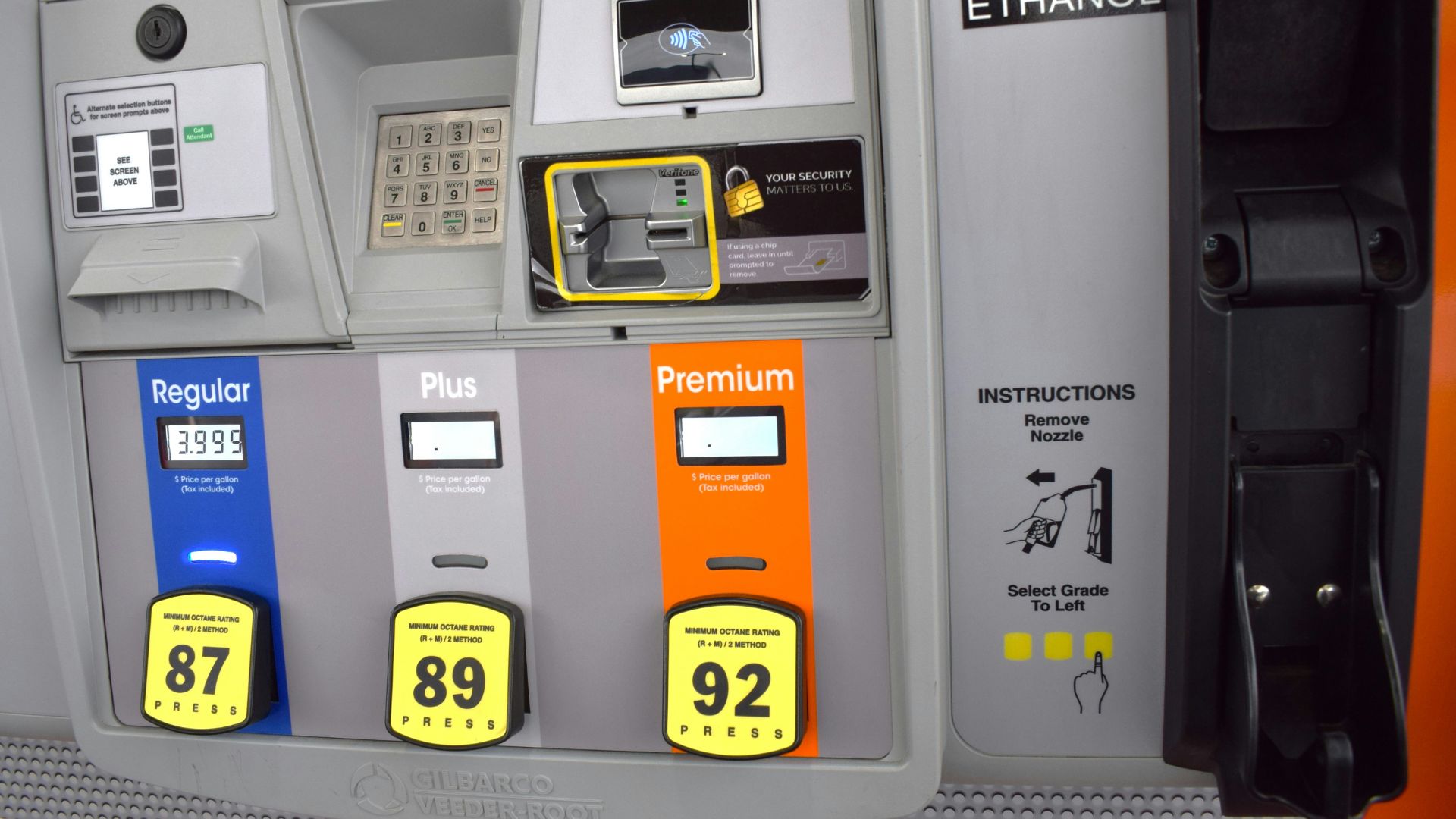
With some of California’s nine oil refineries likely to shutter, the remaining refineries could gain increased pricing power. This scenario raises concerns about potential gas price surges.
In 2022, following the Russia-Ukraine war, gasoline prices in California soared higher than the U.S. average.
State-Owned Refineries: A Radical Proposal

To counteract market concentration, the California Energy Commission (CEC) has proposed a radical solution: establishing state-owned refineries. The state could purchase and operate these facilities to control gasoline supply and prices.
This initiative could range from one refinery to all refineries in the state, aiming to ensure a stable fuel supply.
Challenges of State Ownership

Despite the potential benefits, the CEC questions whether state-owned refineries might hinder an orderly phase-out of fossil fuels.
As demand declines, maintaining state-operated facilities could complicate efforts to reduce refinery capacity. The state needs to balance this initiative with its long-term environmental goals.
Increasing Imports to Stabilize Supply
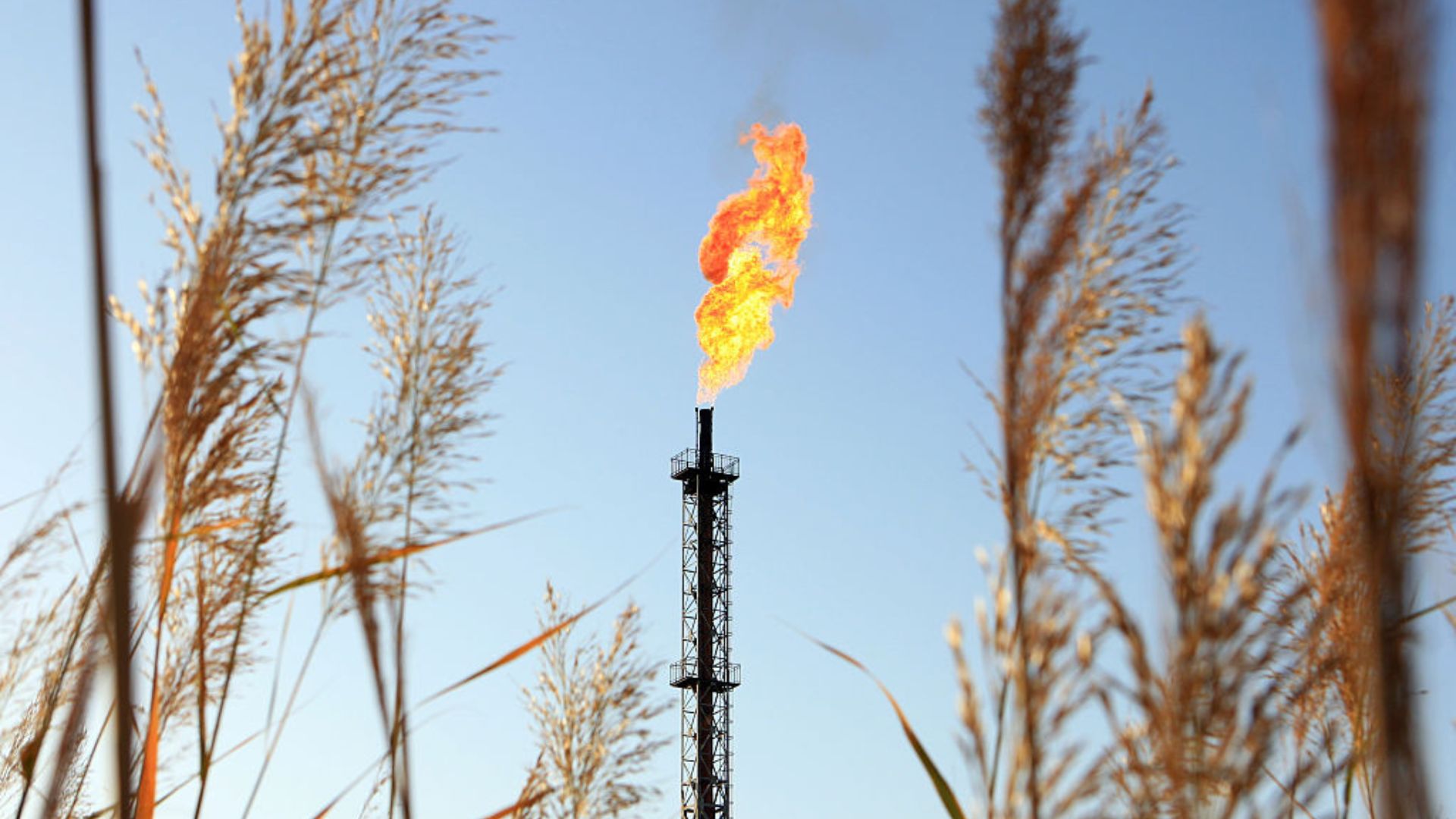
Another proposed measure involves increasing oil imports to ensure a steady supply of California-specific gasoline (CARBOB).
By forming relationships with external suppliers, California aims to safeguard against supply disruptions and price spikes, providing a reliable fuel source for its residents.
Regulatory Measures for Price Stability

The CEC is shaking things up by recommending new regulations that would require refineries and terminals to keep contingency reserves of gasoline.
These reserves would be released during price shocks, helping to stabilize the market and protect consumers from sudden price hikes, ensuring a more predictable fuel supply.
The 2035 Gasoline Ban
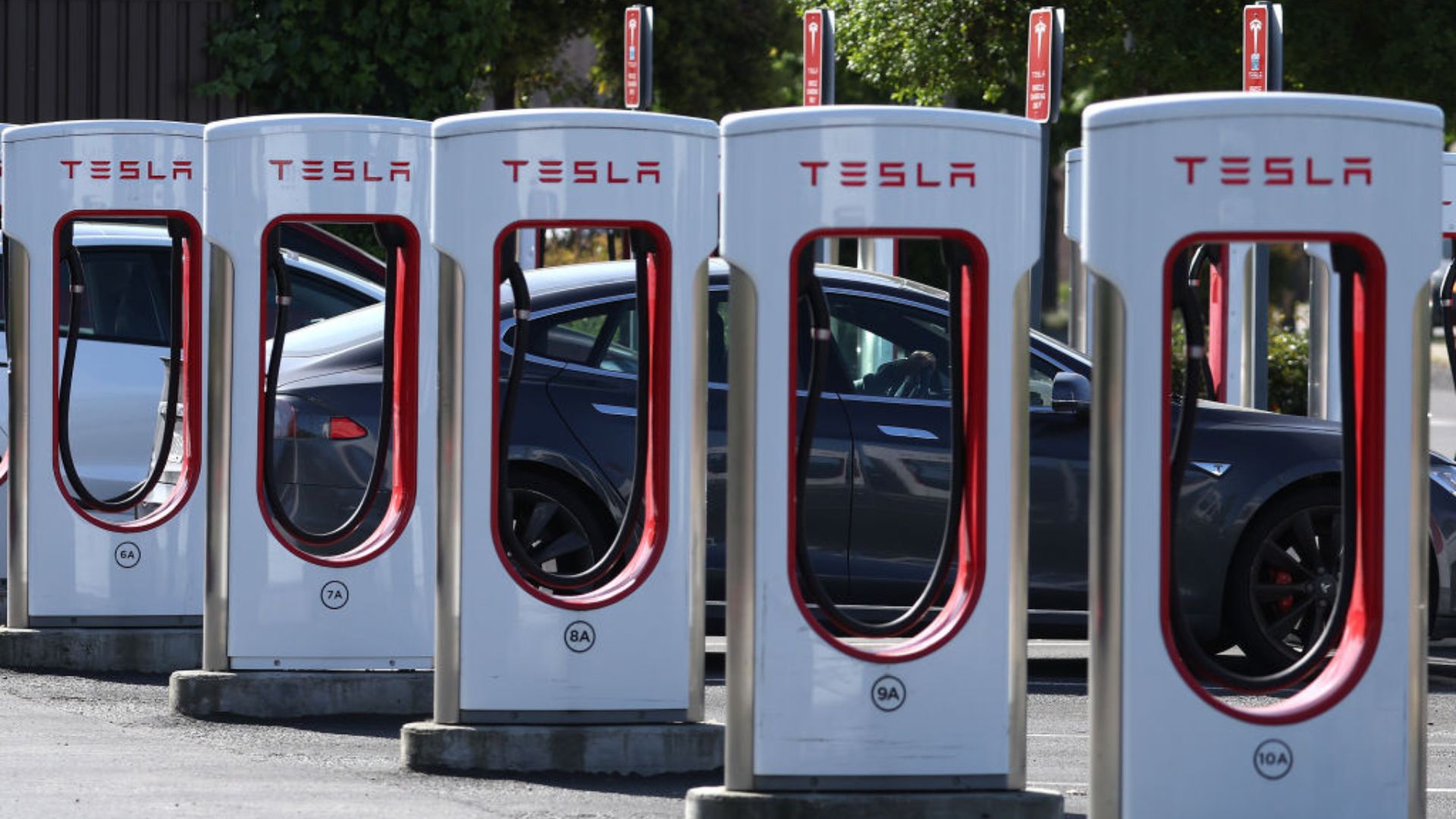
California’s plan to ban the sale of purely gas-powered passenger vehicles by 2035 marks a significant step toward its green agenda. However, the transition will be gradual, with millions of petroleum-fueled vehicles expected to remain on the roads beyond 2035.
These vehicles, often owned by lower-income individuals, will still need affordable fuel.
Balancing Environmental Goals with Economic Realities

The state’s aggressive push toward ZEVs and cleaner transportation fuels must be balanced with the economic realities of maintaining a reliable and affordable fuel supply.
This balancing act is crucial to ensure that lower-income families are not disproportionately affected by the transition.
California’s Higher Gas Prices
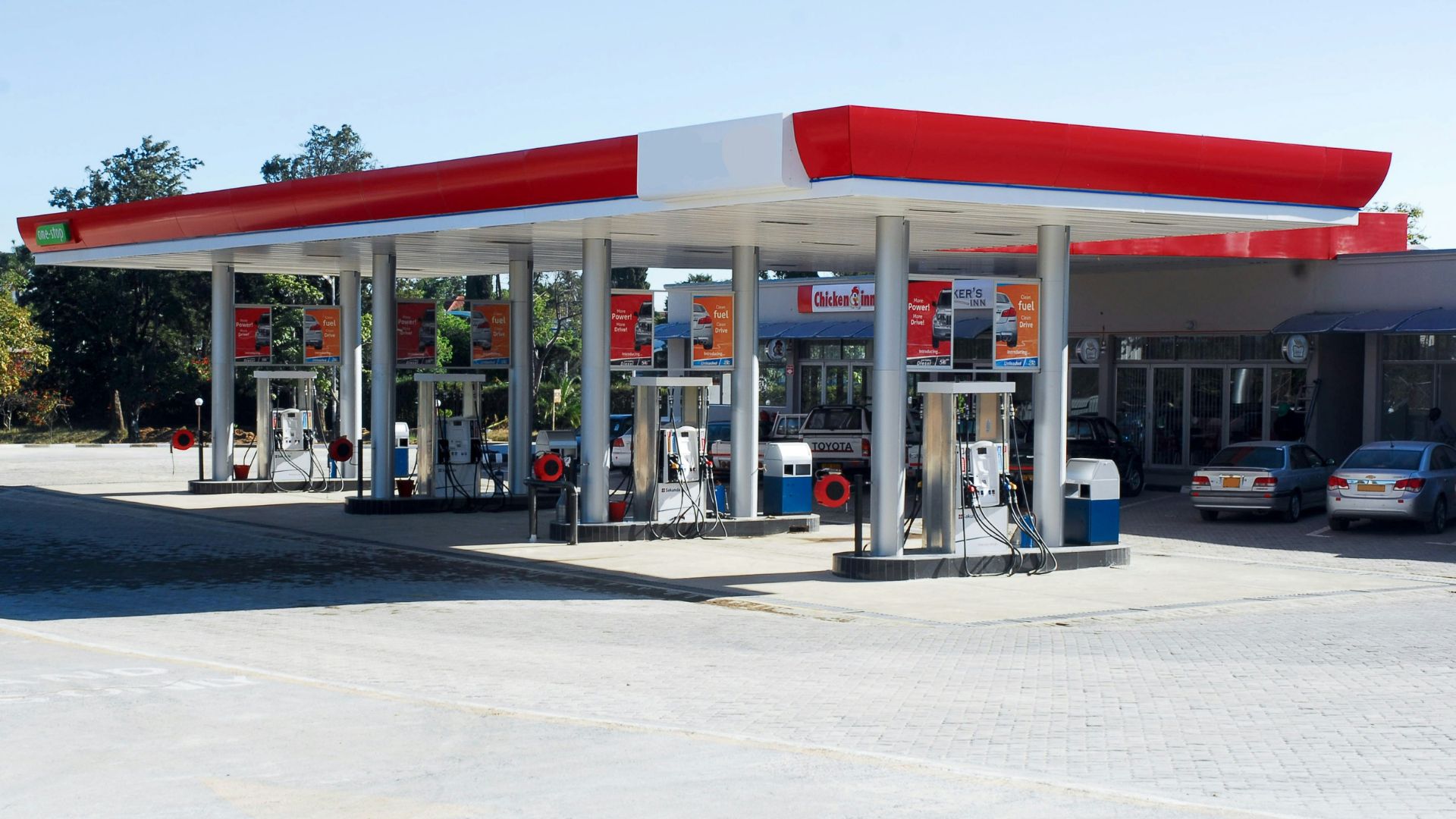
Californians already pay higher than the national average for gasoline, partly due to stringent state and federal air quality mandates.
The state’s unique environmental regulations have contributed to these elevated prices, highlighting the need for careful planning as it transitions to a greener future.
A Comprehensive Strategy for Energy Stability

The CEC’s multi-faceted approach combines state ownership, increased imports, and regulatory measures to create a comprehensive strategy for energy stability.
These efforts aim to prevent future energy crises while supporting the state’s ambitious climate goals.
Both Sides of the Coin

While the transition to electric and other zero-emission vehicles will greatly reduce demand for fossil fuels, it is important to also consider the impact on the other side of the coin — the oil and gas industry.
California’s phase-out of gasoline-powered cars will have a significant effect on this industry, which has been a major contributor to the state’s economy for decades.
A Sustainable Energy Future

California’s journey toward a sustainable energy future is full of challenges and opportunities.
The state’s proactive measures to manage the transition, balance environmental goals, and protect consumers will be important in shaping its energy landscape for decades to come.
Newsom’s New Proposal
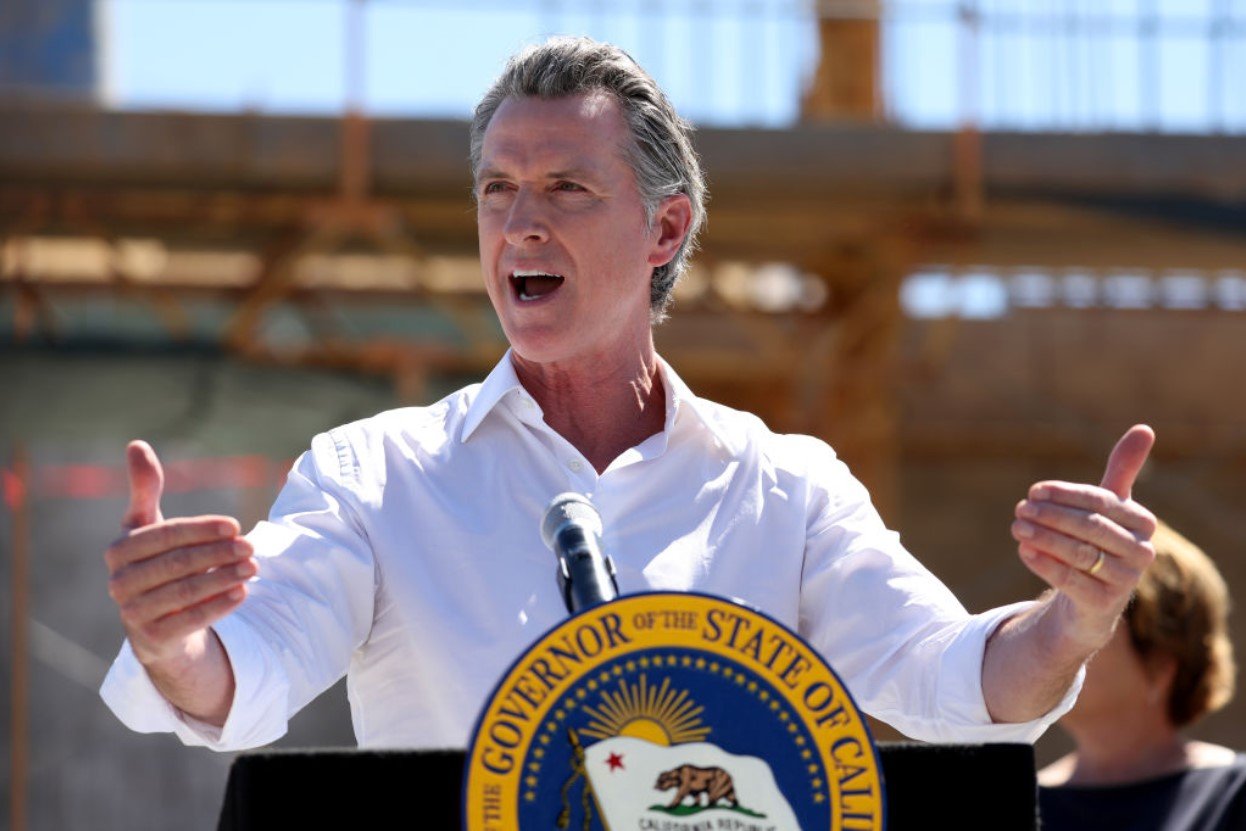
In a late-minute proposal, Newsom has offered an alternative for Big Oil. The California governor called on California lawmakers to pass new requirements on oil refiners during the final week of the legislative season.
The proposal empowers the administration to require petroleum refiners to maintain a stable inventory, preventing fuel shortages and price spikes when refinery equipment goes offline.
The Proposal

The proposal follows Newsom’s long-running climate change program that blames the oil industry for its negative impact on the climate and the wallets of California residents.
“Price spikes at the pump are profit spikes for Big Oil,” Newsom said in a statement. “Refiners should be required to plan and backfill supplies to keep prices stable, instead of playing games to earn even more profits. By making refiners act responsibly and maintain a gas reserve, Californians would save money at the pump every year.”
Concerns Around the Proposal

However, not everyone agrees that putting a price cap on Big Oil will solve the problem residents of the state face at the pumps. Democrats believe that they will need more information before they agree to pass the legislation.
One point of stress is the fact that lawmakers need to know more about oil pricing to understand and stop price spikes at the pump.
Giving Some Power to the State
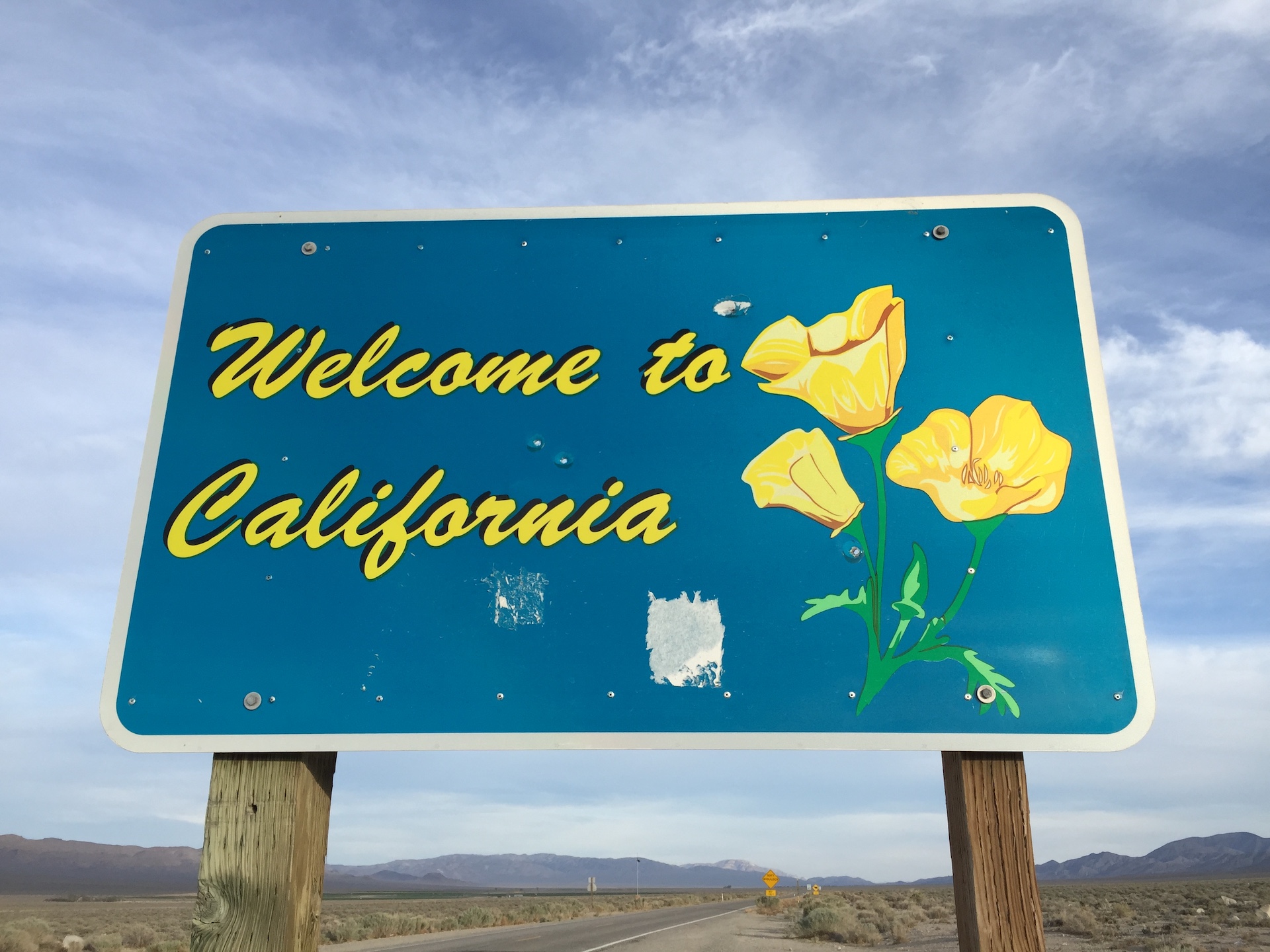
This is Newsom’s first time trying to penalize oil companies. Last year, Democratic legislators passed a law that established new transparency requirements for the oil industry.
The power to set a profit cap and impose penalties through a regulator process fell into the hands of the California Energy Commission.
Looking Into Oil Companies

rawpixel.com/Freepik
The law established a Division of Petroleum Market Oversight within the Energy Commission. With the authority to gather new data from the industry, the division has the power to investigate why prices spike.
The division wrote a letter recommending that the state impose a minimum inventory and resupply requirements for refiners based on its current findings.
California’s Oil Companies Aren’t Prepared

The division also argued that oil companies did not maintain enough refined gasoline to backfill the shortcomings of production or unplanned maintenance.
“This lack of supply was foreseeable and preventable, but California’s refiners are not under a legal obligation to maintain sufficient supply to adequately protect Californians from price spikes,” the division reported.
Those Against the Proposal

While this report provides some of the information Democratic lawmakers are seeking, other lawmakers remain unconvinced by Newsom’s proposal.
Assembly Republican Leader James Gallagher criticized the governor’s proposal as “a half-baked attempt to distract from that simple fact” that state policies are responsible for high gasoline costs.
Is Newsom Serious?

“If Newsom was serious about bringing down prices, he would streamline the approval process for new gas storage projects, stop pushing new regulations that will add even more costs, and make it easier to produce energy here in California,” Gallagher said in a statement.
“Democrats have imposed the strictest regulations and highest gas taxes in the country – and that is all reflected in the price at the pump.”
Lawmakers Have a Deadline

Gallagher has been extremely vocal about his opposition to the proposal, and Democratic lawmakers are sitting on the fence. Many are questioning how they will respond to the bill, introduced too late in the legislative process.
Legislators have two weeks left to take action on hundreds of bills before they adjourn for the year at the end of August.
Discussing the Proposal

Newsom plans to discuss the proposal with legislative leaders before turning it into a bill, which he will introduce to lawmakers by the end of August.
“We are in ongoing discussions with the governor about his petroleum market’s oversight proposal,” said Nick Miller, a spokesperson for Assembly Speaker Robert Rivas (D-Hollister). “Those discussions as well as consultations with Assembly members, will continue.”
Finding a Compromise

The same day lawmakers followed through on their end of an agreement made with the oil industry to halt overturning a law that prevents drilling new oil and gas wells near homes, schools, parks, and hospitals, Newsome introduced this bill.
As part of a compromise, Assemblyman Isaac Bryan said he would limit the scope of bill AB 2716, which would have imposed a $10,000 penalty for each day that a “low production” oil well is operating near “sensitive receptors.”
A Tight Deadline

California is trying hard to fight climate change and fix the economic woes of the residents as major businesses move out of the state, taking jobs and their cold hard cash to more business-friendly states.
As the end of the year inches closer and closer for the lawmakers in California, they will be operating under a tight deadline to approve or reject hundreds of bills.








































